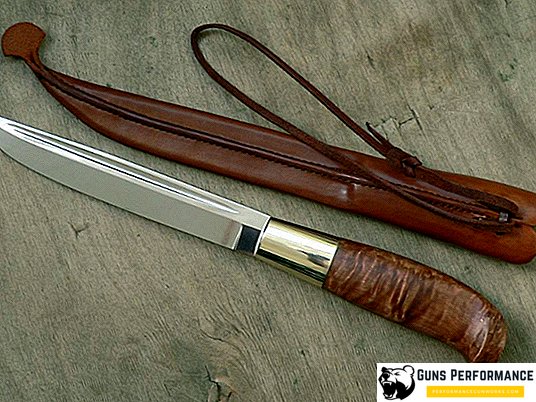The developed method (spark-plasma sintering) is a new modification of the already known method of hot pressing. The principle of the procedure is as follows: an electric pulse is passed through the prepared mold, the action of which leads to rapid heating.
The difference from the existing technology is that the electric current does not flow through the external heating element, but directly through the pressed workpiece. This significantly reduces the duration of the operating cycle. As a result of the heating process, an almost instantaneous dilution and cooling of the powder occurs, while the molecules remain arranged in a free order, as if they are still in liquid form. Due to this crystal structure, transparent aluminum acquires a high degree of strength and resistance to damage. The resulting material is 85% stronger than sapphire and 15% more reliable than spinel made from magnesium aluminate.

Specialist Nikita Rubinkovsky, dealing with this issue, explained:
"Among the currently available ceramics of medium density, aluminum oxynitride has a rather high strength comparable to YAG (yttrium aluminum garnet) and cubic zirconia (stabilized zirconium dioxide). And according to the most important characteristic of armor for toughness ALON (aluminum oxynitride, which is almost transparent ) surpasses all transparent materials, including quartz glass, fused quartz, spinel and leucosapphire. "
Currently, these materials are already quite common in the production of military equipment and gear. For example, aluminum oxynitride ALON is popular; its stability and strength are several times higher than aluminosilicate glass. This material has high heat resistance, is not deformed under the influence of temperature up to two thousand degrees Celsius.
Recently, with the development of new technologies, the problem has arisen of increasing the penetrating power of artillery shells and firearms. Therefore, scientists and specialists in this field are trying to develop new and improved armor materials and structures that would provide reliable protection.
The closest properties are observed in transparent polycrystalline ceramics, which is a ceramics based on aluminum oxynitride. Using it, it is possible to produce materials of various forms using traditional traditional methods of sintering and molding ceramics, which have long been tested.
According to many experts, ALON can be used for various commercial and military purposes. This material is currently the hardest among all representatives of transparent polycrystalline ceramics. The effective combination of mechanical and optical characteristics brings ALON to the leading place in the production of armored clothing and equipment. With the help of new technology can be produced:
- explosion-proof glass;
- bulletproof and shockproof windows;
- details of infrared optical systems;
- portholes;
- windows and domes for space devices;
- plates, rods, tubes and other parts.
ALON material is also not affected by ionizing radiation (radiation), is not damaged and is not deformed by acid chemical compounds, alkaline substances and water.

Traditional bulletproof glass has several levels of polycarbonate, which are sandwiched between two layers of glass. In turn, the new transparent aluminum consists of three layers:
- outer layer - transparent polycrystalline ceramics;
- middle layer - glass;
- the inner layer is a polymer lining.
Also, unlike the traditional bulletproof glass, the aluminum armor, after being hit by a bullet from a small-caliber weapon, will remain as transparent as it was. Moreover, it does not even remain characteristic scratches.
Currently, transparent aluminum has not yet become widespread in the commercial field. One of the main reasons is the rather high cost. The cost of producing a new material is several times higher than the cost of traditional bulletproof glass. Basically, the ALON material is used today in the manufacture of lenses for observation devices and missile sensors.












